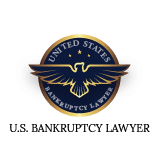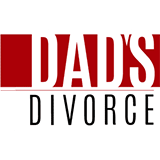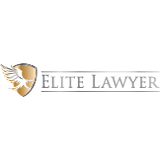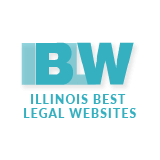Types of Bankruptcy

U.S. Lawyers Representing Clients in Personal and Business Bankruptcy Cases
Financial issues can affect anyone in the United States, and debt is an issue that both people and organizations must deal with. While debt can be good when used strategically to purchase a home or grow a business, it can become problematic and overwhelming in some circumstances. Individuals and families may experience events that lead to large debts, such as a major injury or illness that requires costly medical treatment and affects a person's ability to work. Businesses may also find themselves unable to pay off debts due to fluctuations in the market, liability concerns, or reduced revenue. In these cases, bankruptcy may be the best option, allowing a person or company to get out from under the shadow of debt and move on to a more financially stable future. There are several types of bankruptcy that can be pursued, and determining which option is best will depend on the debtor's situation, their financial resources, and their goals.
Different Approaches to the Bankruptcy Process
Bankruptcy cases generally fall into one of two categories: liquidation or reorganization. Both businesses and consumers can pursue either type of bankruptcy, and each option has its own benefits and drawbacks. Generally, the choice between the options will depend on the extent of the debts that need to be addressed, whether the debtor meets certain requirements, and whether the debtor wishes to protect certain assets. The debtor's goals during bankruptcy will also be a factor. In a consumer bankruptcy, a person or family will usually be looking to eliminate debts, but they may also want to avoid foreclosure or the repossession of property. In a business bankruptcy, a business owner will usually try to find a way to ensure that a company can continue operating while reducing the debts owed by a business.
Liquidation bankruptcy is the simplest and most straightforward form of bankruptcy. During a Chapter 7 bankruptcy, a debtor's non-exempt assets will be sold to pay off as much of their debts as possible, and any debts that cannot be fully repaid will be discharged. This option is commonly pursued by individuals and families, although to qualify, a person will need to pass a means test that determines whether they have the disposable income that would allow them to make ongoing payments toward the debts they owe. While a business may also pursue a Chapter 7 bankruptcy, this requires the liquidation of business assets, which will usually force a company to close and cease operations.
Reorganization bankruptcy may be an option if a debtor does not qualify for Chapter 7 bankruptcy or does not want to liquidate their assets. Individuals or families may pursue a Chapter 13 bankruptcy, which will consolidate their debts into a single payment plan that will be completed over a period of three to five years, after which their remaining debts will be discharged. A business may pursue a reorganization through Chapter 11 bankruptcy, which will usually require a restructuring of a company and its operations and a plan that will prioritize the repayment of debts to creditors. Small businesses may qualify for a Chapter 5 bankruptcy, which follows similar procedures as a Chapter 11 bankruptcy but is simpler and more streamlined, allowing them to complete the process of reorganization and debt repayment more quickly and with fewer expenses.
Contact a United States Bankruptcy Attorney
Businesses and consumers alike will want to be sure to understand their legal options for addressing debts. A skilled bankruptcy lawyer can help debtors determine the best approach to take during the bankruptcy process. An attorney can also help their clients negotiate with creditors, explore alternatives to bankruptcy, ensure that all documentation is prepared and filed correctly, and provide representation in bankruptcy courts. With a qualified lawyer on their side, a debtor can take steps to reduce or eliminate debts and be prepared for financial success in the future.











